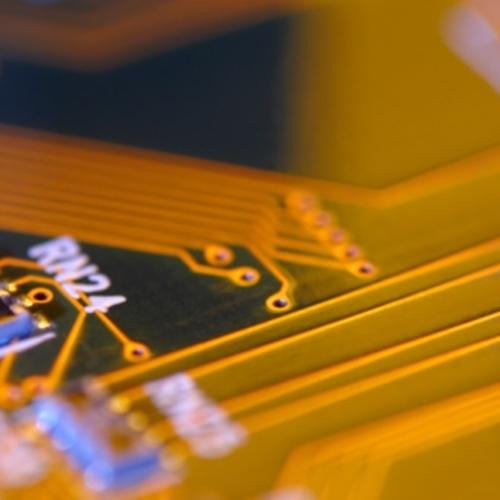The need for speed in information transfer is a critical part of data center design. Having ultra-fast, reliable infrastructure available to deliver faster bandwidth is a huge asset for large enterprises. Many data centers continue to rely on legacy copper wiring infrastructure because it combines serviceable functionality with cost-effectiveness. However, while innovations in fiber optics over the last few years have persuaded many larger facilities to deploy fiber solutions in addition to or instead of their copper wiring, others haven’t decided to upgrade, maintaining that the benefits of fiber optic don’t offset the cost of installation.
That stance may change with news that Intel has unveiled several new connectivity technologies aimed at significantly improving the speed of activity in cloud colocation environments. These technologies include:
- A 64-bit, system-on-chip (SoC) family aimed at data centers that offers a seven-fold performance increase and six-fold energy efficiency growth over its predecessors.
- The Intel Atom C2000 processor, which uses a low power SoC microarchitecture, offers 13 configuration options to better manage entry-level networking, microservers and cold storage.
- A Rack Scale Architecture-based system with high speed silicon photonics components, which includes an MXC connector and ClearCurve optical fiber technology, provides data transmission speeds up to 1.6 terabits per second for distances up to 300 meters.
- The Ethernet Switch FM5224 silicon, which can be leveraged in conjunction with their WindRiver Open Network Software suite to improve density and reduce power consumption in software defined networking (SDN) services.
Intel said that the array of new technologies is aimed at increasing data center capacities in a holistic way, focusing on microservers, switches and cold storage. As the need for bandwidth continues to accelerate, solutions that can improve the core capacity of data centers among larger numbers of server racks can significantly reduce operating expenses. Fiber optic technologies ultimately transmit more data at faster speeds over longer distances without driving up the cost of operation.
“As the world becomes more and more mobile, the pressure to support billions of devices and users is changing the very composition of datacenters,” stated Diane Bryant, senior vice president and general manager of the Datacenter and Connected Systems Group at Intel. “From leadership in silicon and SoC design to rack architecture and software enabling, Intel is providing the key innovations that original equipment manufacturers, telecommunications equipment makers and cloud service providers require to build the datacenters of the future.”
Focus On: Atom C2000 Processor SoC
?To create the technology, Intel fit lasers and optical components onto silicon chips, according to the MIT Technology Review. Intel’s first target is the connection between servers within a data center by replacing copper-based PCI-E data cables. Doing so will upgrade transfer speeds from eight Gbps to a rate that tops out at 40 Gbps. Additionally, just one of Intel’s optical cables can replace 10 or more of the PCI-E cables. This increased tranfser speed while also curtailing the costs of cooling, as the bulky PCI-E cables disrupt cooling airflows and drive up the need for air to keep servers at the right temperature.
Intel has indicated that they intend to launch the technology in mass production, the Review reported, and that they have already seen substantial demand for their products.




